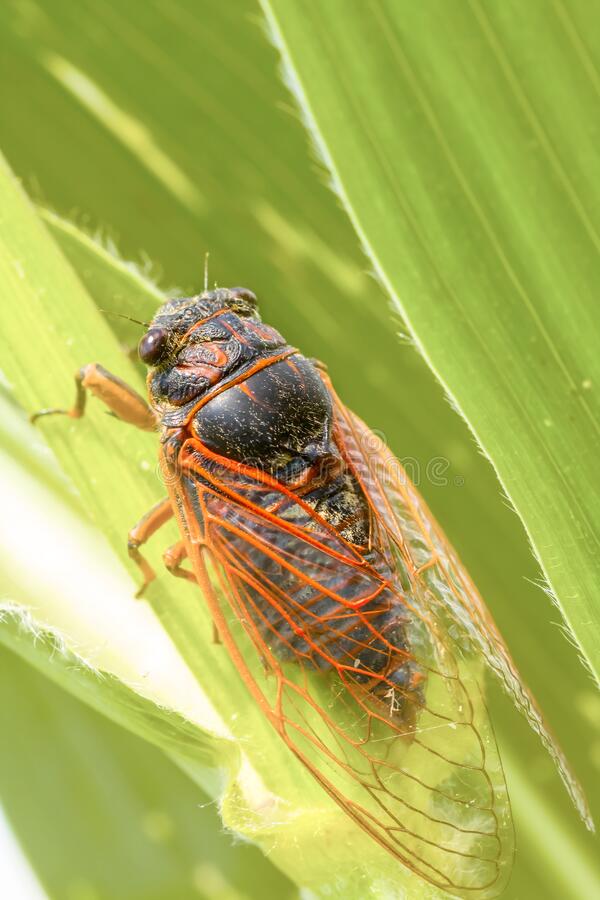Parana Monitoring Corn Leafhopper Numbers

Over the last few years, farmers in southern Brazil have been fighting a new insect pest that has impacted their corn production. The pest is corn leafhoppers (Dalbulus maidis) and it was first identified in Parana in 2017.

Corn leafhoppers can transmit a bacterium in the Mollicutes class and a virus. Once a corn plant is infected the leaves turn color with red strikes, the vigor of the plant quickly declines, plants do not develop normally, they exhibit stunting and dwarfing, ears are smaller than normal and with less grain. The extend of yield losses vary by the level of infection and the timing of the infection, but can easily reach 50%.
The Agriculture and Livestock Agency of Parana (Adapar) started monitoring the insect in western Parana on September 22, 2022. The insects were trapped using yellow flypaper. Insect numbers remained low in September and October, but rapidly increased in December. The primary concern in Parana is for the safrinha corn which some farmers have already started to plant.
The insect can reproduce very quickly and they easily migrate over long distances. Under favorable conditions, each female can complete a life cycle in 24 days laying up to 600 eggs as an adult. Populations can increase dramatically with multiple generations during a single growing season. It tends to migrate from older corn to younger corn, so it is important not to have corn in various stages of development next to each other.
Scientists in Parana are encouraging farmers to plant their safrinha corn in as small a window as possible to minimize damage from the insect. During the 2021 growing season, the safrinha corn was planted in a window of about 30 to 35 days. During the 2022 growing season, the planting window was more than 60 days and the insect caused widespread losses.
Since it is a relatively new pest in Brazil, adequate control has been difficult. The best way to minimize losses is to plant hybrids more tolerant to the stunting virus, adequately control the insect (easier said than done), plant in a narrow window, and eliminate any volunteer corn during the off-season.
Read also
Wheat in Southern Brazil Impacted by Dry Weather and Frosts
Oilseed Industry. Leaders and Strategies in the Times of a Great Change
Black Sea & Danube Region: Oilseed and Vegoil Markets Within Ongoing Transfor...
Serbia. The drought will cause extremely high losses for farmers this year
2023/24 Safrinha Corn in Brazil 91% Harvested
Write to us
Our manager will contact you soon



